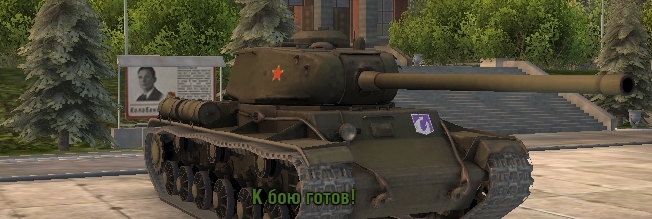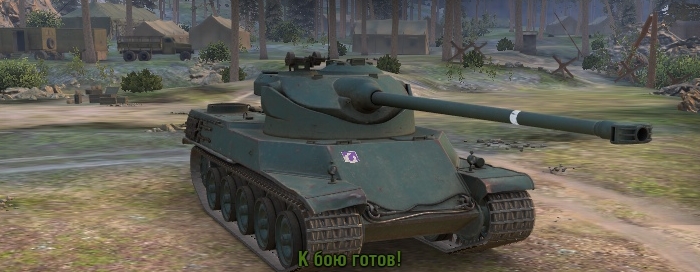The German heavy tank “Tiger 1” was serially produced in early August 1942 and completed in September 1944. In the process of operation, the tank was modernized many times, new units, engines, towers, and weapons were installed. The weak point of the running gear of the Tiger, which could not be disposed of for a long time, was the rapid wear and subsequent destruction of the rubber bands of the supporting rollers. Starting from the 800th machine on the tank began to install support rollers with internal cushioning and steel bandages. At the same time, the outer row of single rollers was removed.
The body of the heavy tank “Tiger 1” was assembled from armor plates, connected in a spike and welded with a double seam. Armor – rolled, chrome-molybdenum, with superficial carburizing. The tower of the horseshoe shape is welded, with the joining of the sheets into a spike and vertical walls, made of a single bent sheet. In front of the tower in a cast mask was installed a gun, coupled machine gun and sight. The tower was rotated by a hydraulic pivoting mechanism with a power of 4 kW.
The armament of the heavy tank “Tiger 1” gun caliber 88-mm, this is the main gun.
Successful combat use of heavy fighting tanks “Tiger 1” can be considered a battle near Kharkov. The main part of the street battles for Kharkov was the division “Leibstandart SS” Adolf Hitler. “In the morning of March 11, by three combat groups, she began the assault of the city from Belgorod highway, the least successful was the 2-1 motorized regiment, which was stopped by counterattacks of the 86th Soviet tank brigade Another motorized regiment moved faster and even reached the main square of the city, but counterattacks from the 179th Brigade forced it to retreat, in the worst position was Kurt Miner’s reconnaissance battalion, which attacked the city from north-east with the support of nine tanks and two self-propelled anti-tank guns, the offensive stopped due to lack of fuel, the battalion took a circular defense in the cemetery that controlled the road to Chuguyev, and soon Meyer’s battalion was surrounded by Soviet troops defending the city.On March 12, Goth changed his decision on the use of divisions in the storming of the city.The pulling of the first tank corps into street fighting meant giving the defenders of the city to fight until it was advisable and then left without interference That is Kharkov.
Therefore, the commander of the Fourth Tank Army ordered the withdrawal of the Reich division from the fights for Kharkov, the replacement of the “Dead Head” division by throwing the latter around the city from the northeast. The division “Reich”, which was deepened to the city for a kilometer, was withdrawn and divided into two parts. The regiment “Germany” was sent to positions north of the city, and the “Fuhrer” was to bypass the city from the south and attack the area of the Kharkiv locomotive plant.
After the withdrawal from the city division “Reich” division “Leibstandarte” continued the assault of Kharkov alone. Street fighting for a large city has always been not an easy task. The problem of German tanks and self-propelled guns were 76-mm cannons, which defended the city Soviet troops installed in basements and fired along the streets. As a result, by the night of March 12, only 17 tanks PZ-4 and 6 PZ-3 were in the Leibstandarte division. All the heavy tanks “Tiger 1” were in repair of the complexity of the complexity, and two tanks “Tiger 1” were lost irrevocably. Judging by the battle log of the 13th heavy tank company, on March 19, 3 tanks “Tiger 1” returned to service. During the fighting in the Kharkov area, there was an intensive search for new tactical methods of using the new heavy tanks “Tiger 1”.
During the operations in Kharkov, the heavy tank “Tiger 1” first met in the Russian T-34, and proved more than satisfactory. Only two tanks, “Tiger 1” acting in the forefront, were able to destroy a whole group of T-34 tanks. Usually the German army punctured the defenses, and the Soviet army and T-34 tanks stood in cover and opened fire when approaching at the appropriate distance. This time, a similar tactic was used by the German command, 88-mm cannons were mounted on the Tiger 1 tanks. In a short time, they destroyed 16 T-34s standing in the open area, after which the rest turned back. tanks “Tiger 1” began to pursue the retreating and destroyed 18 more tanks.








